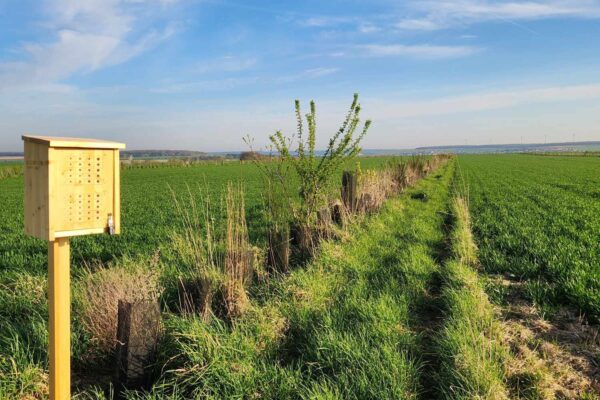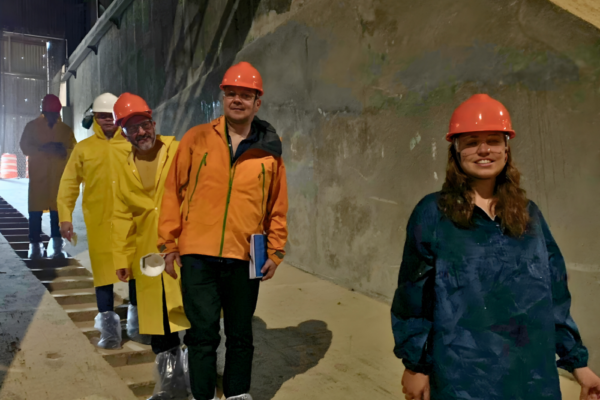5 min read
Across Switzerland, six farmers are experimenting with making their farms more resilient by paying closer attention to the soil beneath their crops.
They are part of the Living Soils Switzerland pilot project, which tests practical, regenerative farming approaches in response to growing pressure on the country’s agricultural systems.
Launched in partnership with Coop, Eisberg, Hilcona AG, Earthworm Foundation, and Regenerativ.ch and supported by the Pictet Group Foundation and the Coop Sustainability Fund, the project aims to improve soil health, support biodiversity, and protect water quality while ensuring long-term farm resilience. As climate conditions shift and input costs rise, the initiative is exploring how change can take root.
In July 2025, major Swiss farming associations, cooperatives, and agri-businesses signed a landmark agreement to reduce agricultural emissions towards net zero, underlining a clear shift in priorities across the sector, reported Schweizer Bauer.
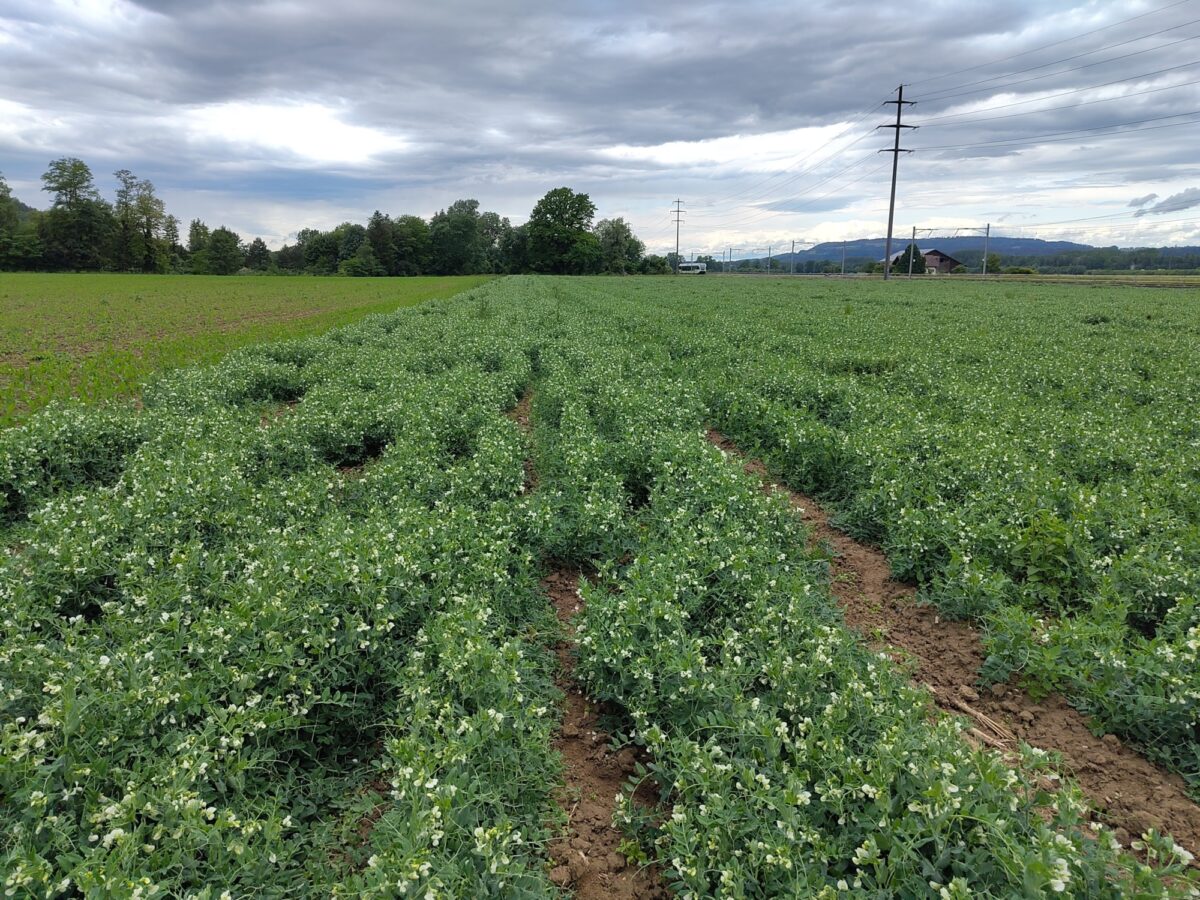
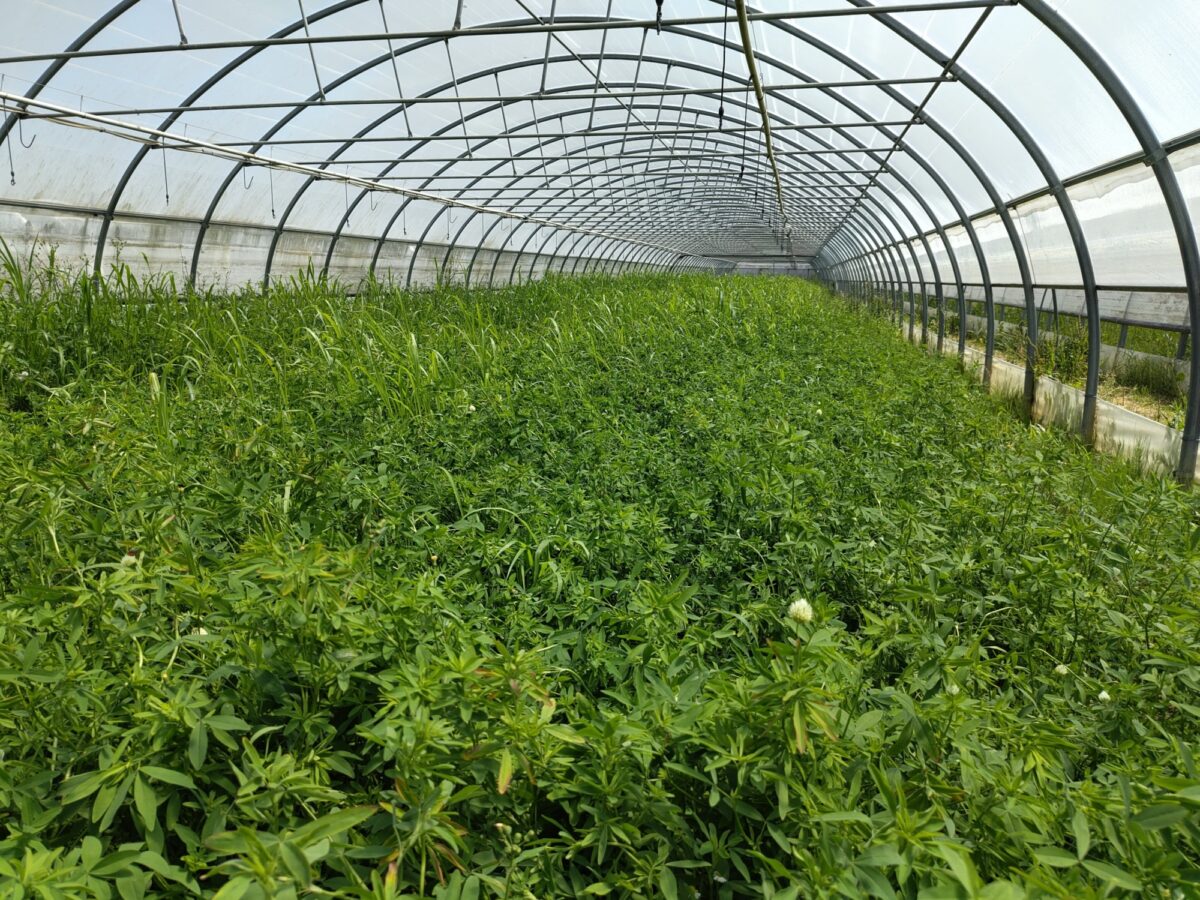
This aligns with broader European trends, such as the EU’s Soil Mission, which invests in farmer-led innovation to establish 100 soil-focused living labs by 2030. While Switzerland is not part of the EU, it shares many of the same environmental and agricultural concerns, and the Living Soils pilot offers a practical glimpse into how soil-focused transformation can begin, grounded in local ownership and tailored support. Living Soils Switzerland sees itself as a response to these challenges, and the pilot project positions itself as a supply chain solution to the broader shift underway.
Swiss farmers are increasingly aware of the pressures their land is under.
Intensive inputs, compacted soils, and unpredictable weather are making it harder to sustain yields and protect long-term farm resilience. While the will to change is strong, the path forward is often complex and costly.
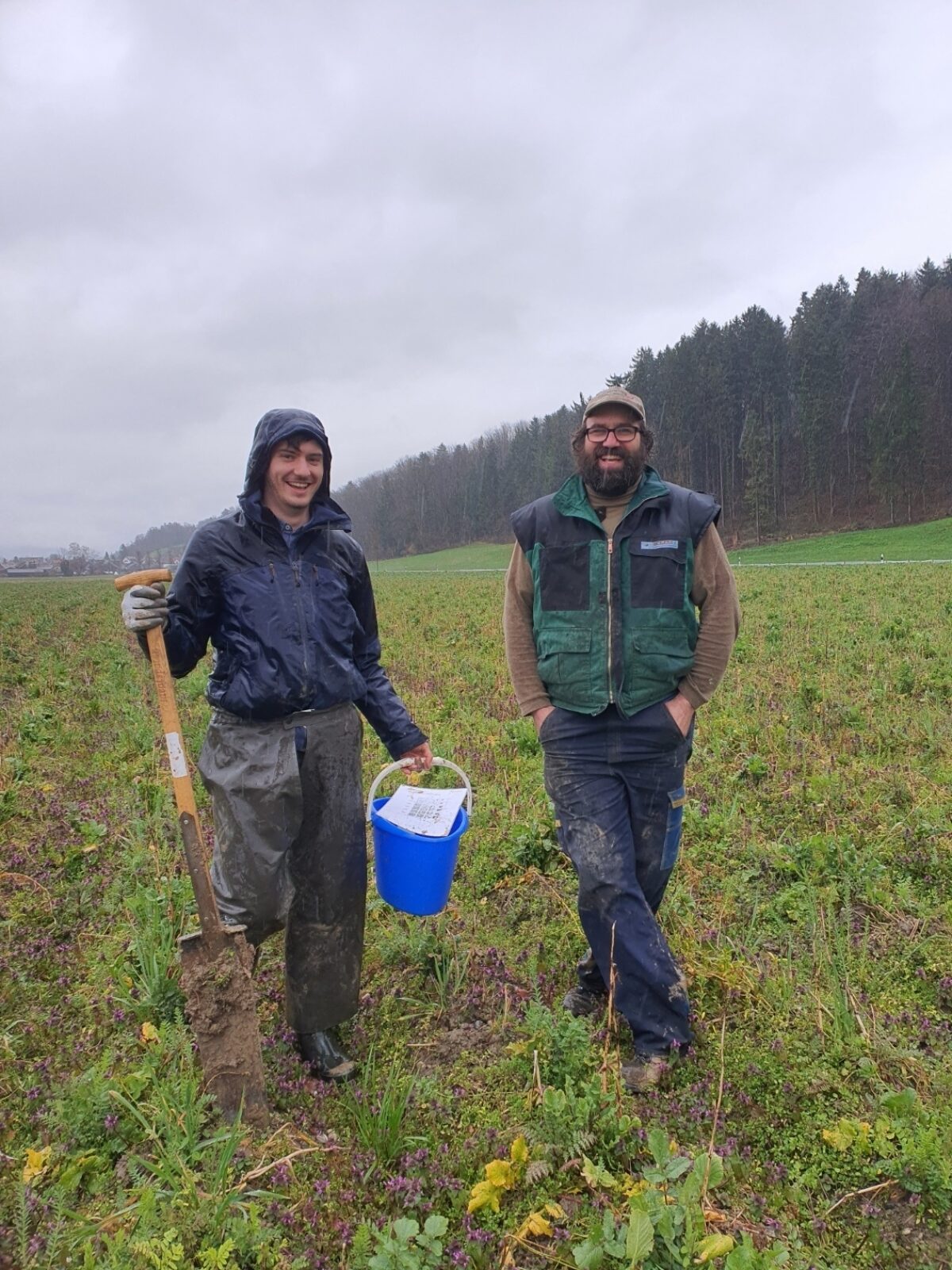
To help reduce those risks, the Living Soils Switzerland pilot offers farmers tailored agronomic support and supply chain collaboration, starting with a thorough assessment of their soil health and crop rotation performance.
Each of the six participating farms received a transformation roadmap, a plan co-developed with experts from Regenerativ Schweiz, AC-Agro, and Earthworm’s Living Soils team, built around what was possible and realistic in their own farming context.
One farmer, Roman from Thurgau, expanded his trials with ‘Turiel Dammkultur’, a traditional ridge farming method adapted for field crops. He applied the technique to green peas that he supplies to Hilcona AG.
By shaping the land into narrow ridges, he improved water retention and airflow, and found he didn’t need herbicides, as the structure itself helped suppress weeds naturally.
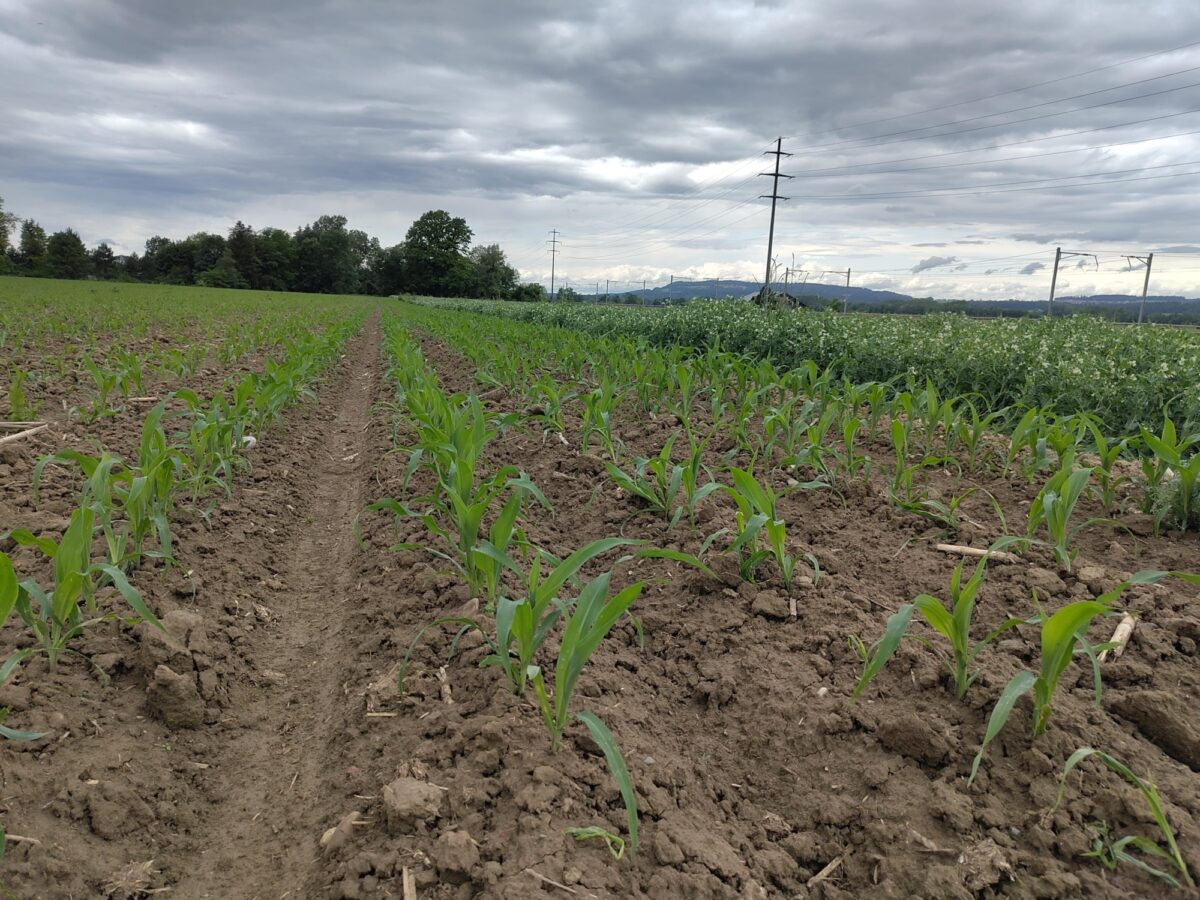
One farmer shared, “We’re starting to see life come back into the soil. It’s encouraging, and it makes you want to keep going.”

Other farmers trialled green manures, intercropping, and reduced tillage. In some cases, visible signs of change emerged: nitrogen-fixing nodules on legume roots, ladybird larvae on the plants, a natural form of pest control, and a general increase in insect activity, small signals of a soil system returning to life.
What sets the project apart isn’t only the practices being tested, but also the way change is approached.
Farmers aren’t following a rigid blueprint; they’re co-developing solutions and adapting them in real time.
That flexibility, combined with regular support in the field, seems to be making a difference in how engaged they feel.
“When farmers help shape the path, they’re more committed, and we see that reflected in their willingness to trial new methods and stay actively involved,” said Ivanoé, an agronomist at Earthworm.
More farm visits and exchange sessions are planned in the coming months. These informal spaces will allow farmers to share their experiences, discuss challenges, and learn from each other’s trials and ideas. These gatherings aim to deepen the sense of community among participants while allowing their practices to evolve in real time.
A short video released by the project in late 2024 offers a first glimpse into these journeys. It shows changes in the fields and how farmers are thinking about the future of their land.
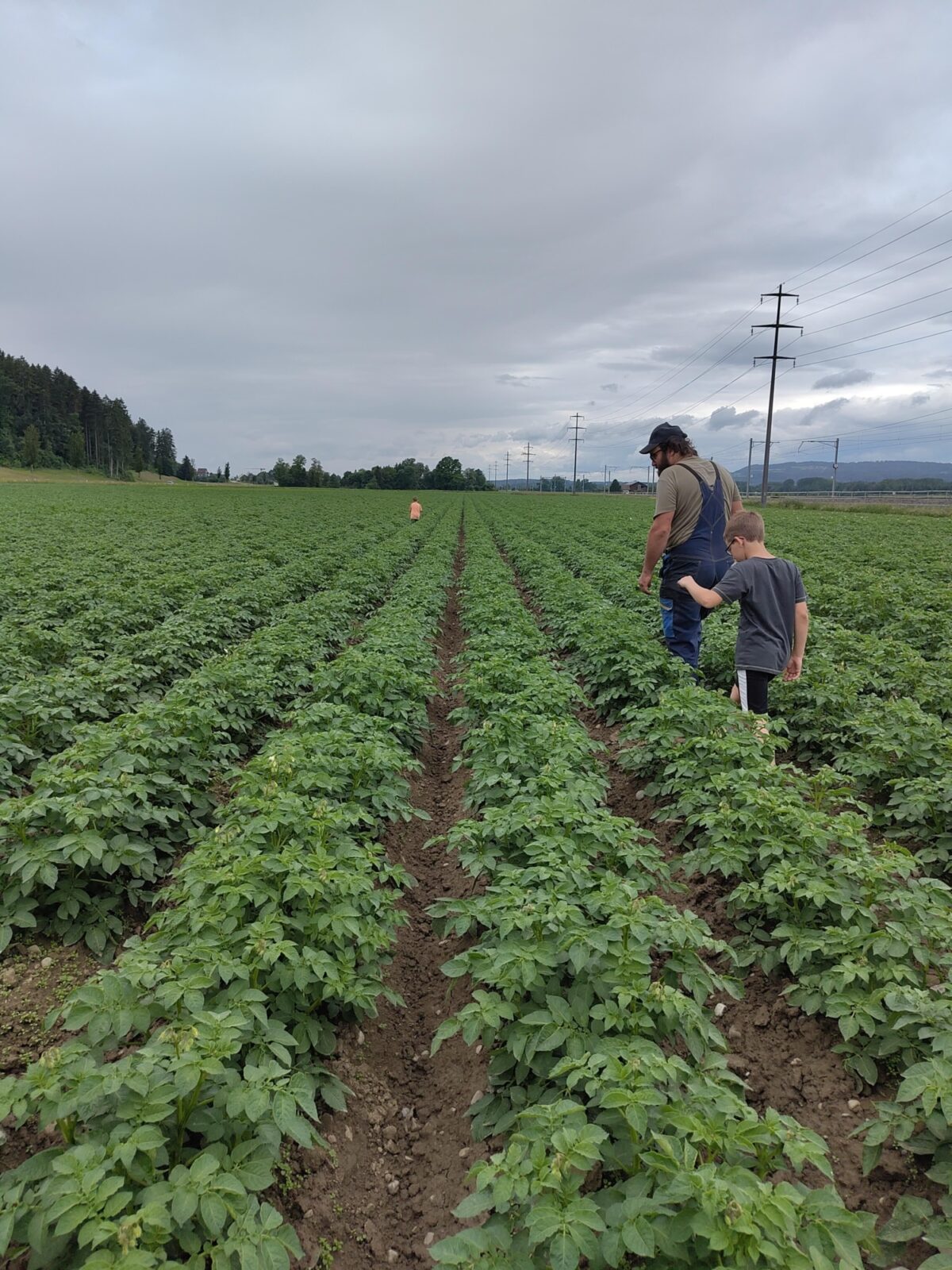
Research confirms that the success of such approaches depends not only on technology but also on strong networks, long-term support, and the courage to break new ground.
Living Soils Switzerland is an example of this change, small in scale but big in impact.
Would you like more information, or are you interested in collaborating?
Contact:
Theresa Jacobs t.jacobs@earthworm.org
